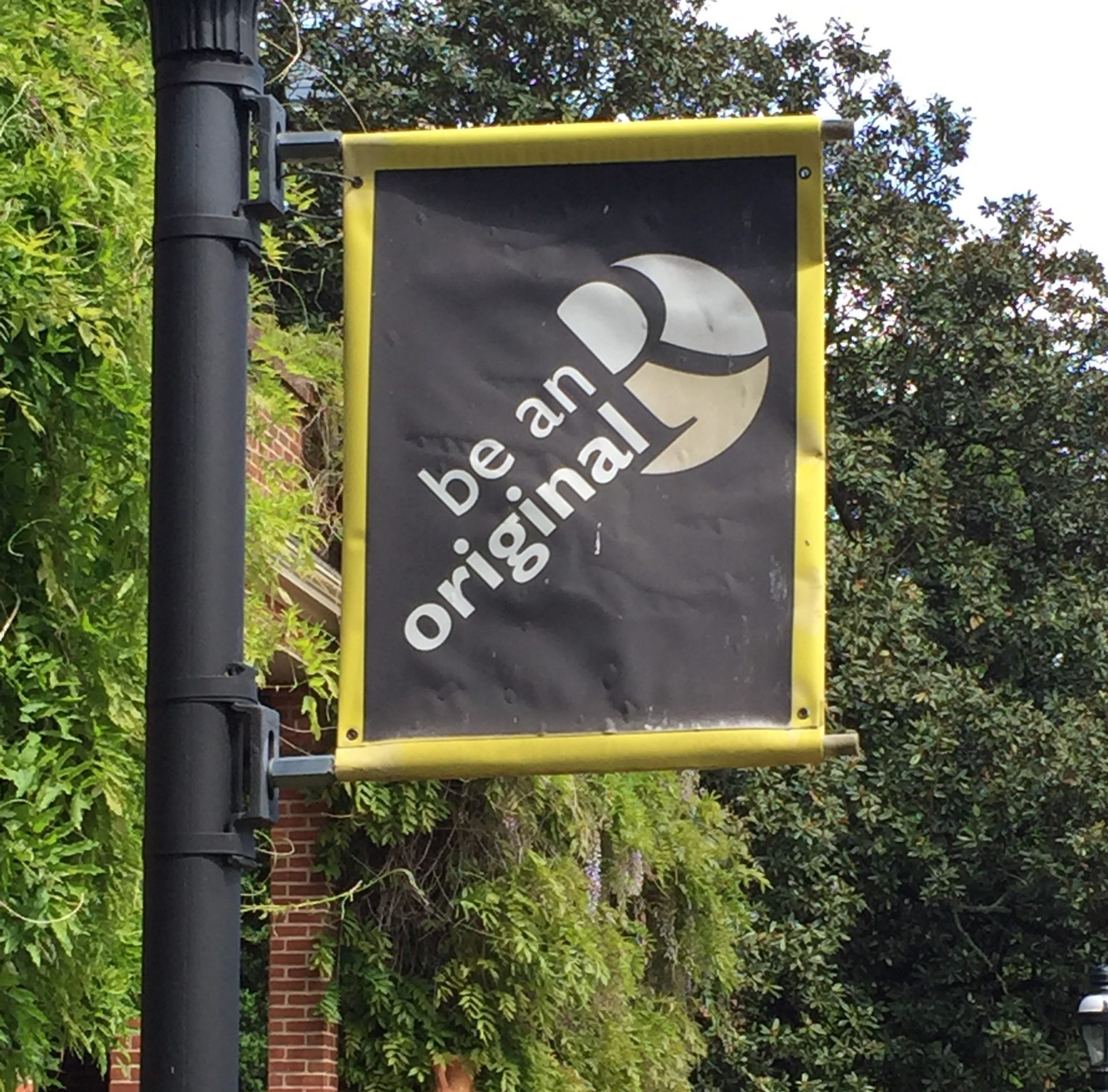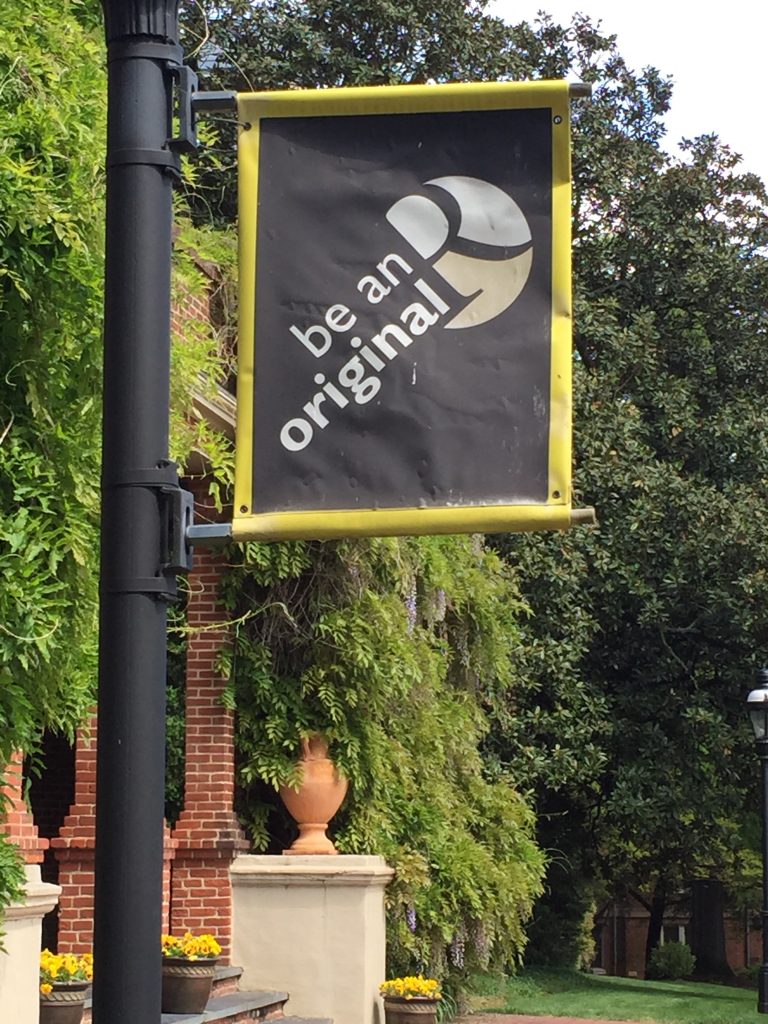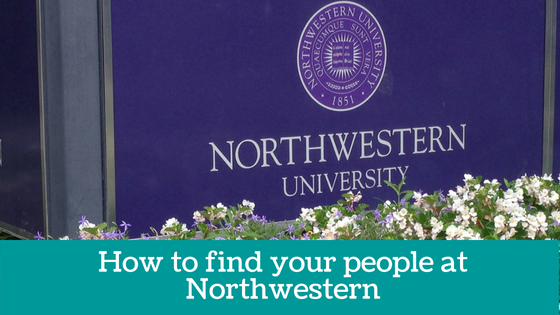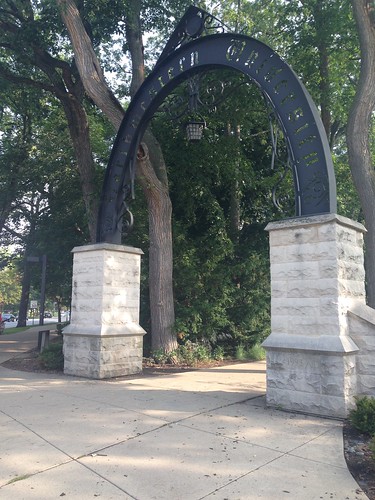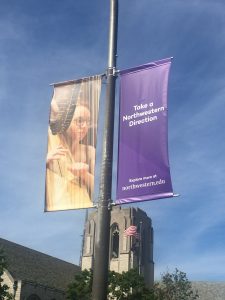
The Ohio State University (yes, “The”) does everything in a big way – from campus size to sports to one-of-a-kind degree programs. The biggest of the Big Ten and boasting the third largest campus in the nation (with a larger operating budget than that of the state of Delaware), you can find your niche among the 52,000 students pursuing one of over 200 undergraduate majors. Despite the daunting 1,777-acre size of the campus, the grounds are nicely landscaped and a centrally located lake provides a place for students to find a little solitude. If the hike across campus isn’t enough to keep you in shape, you can always stop in at the Recreation and Physical Activity Center, which is the nation’s largest facility dedicated to student fitness, wellness and recreation.
Here are a few quick facts about Ohio State:
4-year Graduation rate: 62%, 6-year: 86%
Acceptance: 54%
Freshman retention: 94%
Freshmen out of state: 25%
Most popular majors: psychology, communication, finance, biology
Student Community Diversity: 6% Black, 4% Latino, 9% International
Housing: Freshman and sophomores are required to live in one of the 42 residence halls unless they are commuting from home. Dorms are in three areas – North, South and Olentangy (those closest to the Olentangy River) and are home to 33% of the overall undergraduate population. Ohio State has a system of variable room rates, which are based on the type of accommodations, such as air conditioning, private bathroom, and number of roommates.
Academics: In keeping with their commitment to liberal arts education, Ohio State has rigorous general education requirements in math, writing, foreign language, social science, natural science, and arts and humanities. Class sizes vary and tend to whittle down as students continue in their fields of study. The OSU honors program offers smaller class sizes (around 25 students), honors classes, priority scheduling, honors housing and co-curricular activities.
The most celebrated departments are business, engineering, neuroscience, dance and design. Ohio State also has strong African-American and African studies programs and has the most extensive offering of African languages of any university in the United States. OSU also has the only programs in the nation in welding engineering and geodetic science, and was the first university in the country to offer an undergraduate program in data analytics.
For those looking for experience outside of the classroom, the Office of Undergraduate Research and Creative Inquire arranges research opportunities, which about 20% of students participate in. Internships in the state government, Fortune 500 companies and major tech and research organizations such as IBM Analytics Solution Lab and Battelle, are also available. Five percent of students engage in one of 200 study abroad programs, in more than 70 countries.
Similar colleges to consider: University of Michigan, University of Indiana at Urbana-Champaign, Penn State, University of Wisconsin – Madison
Social: There is no shortage of opportunities for an active social life at Ohio State. On-campus housing groups plan various social events and the student union runs eateries, a tavern, movies and other activities. 13% of men and 14% of women go Greek, and while they may isolate themselves a bit with fraternity and sorority activities, there are over 1,400 student organizations for those who decide not to pledge.
The metropolitan location of Ohio State means there is also a lot to do off-campus as well. Columbus has plenty of restaurants, bars, shops, golf courses and movie theaters nearby, and is also home to a symphony orchestra, ballet, and professional hockey and soccer teams. Students who want to go a little further out will find that they can easily get to Cleveland or Cincinnati, spend some time skiing in Mansfield, or enjoy reconnecting with nature at one of 19 area metro parks, or scenic Hocking Hills.
One of OSU’s crown jewels is its lavish and successful college sports programs, offering 16 men’s, 17 women’s and 3 co-ed varsity teams. Ohio State takes home its fair share of conference titles (18 in the past couple years), and one student remarked that, “Football is somewhat like religion.”
Popular on-campus events include the Homecoming Parade, BuckeyeThon (a philanthropy/dance marathon), Taste of OSU (international food festival), as well as a variety of other heritage festivals.
Financial: Ohio State offers both need-based and non need-based merit aid. The average percent of need met is 74%, with 29% being fully met.
Although the tuition and fees are $30,000 for in-state and $54,000 for out-of-state, the average financial aid package is $18,000. 70% of students receive financial aid and scholarships.








